Page Table of Contents
Reviews and Awards
- Notice:
- 🔥🔥🔥Support for Windows 10 will end in October 2025🔥🔥🔥
- After October 14, 2025, Microsoft will no longer provide free software updates from Windows Update, technical assistance, or security fixes for Windows 10. Your PC will still work, but we recommend moving to Windows 11. - From Microsoft
With Windows 10 officially ending support in October 2025, many users are concerned about whether or not they should upgrade to Windows 11. While the upgrade brings better performance and security, many are concerned about losing important files and data during the upgrade process, especially if they are worried about compatibility issues or accidental malfunctions that could result in data loss.
In this article, EaseUS Software will focus on "Will I lose everything if I upgrade Windows 10 to Windows 11?" and help you clarify the facts and complete the upgrade with peace of mind.
Will I Lose Everything If I Upgrade from Windows 10 to Windows 11
When upgrading from Windows 10 to Windows 11, you usually won't lose your files or apps if you choose the standard upgrade option of keeping your personal files and apps. Your documents, photos, and installed programs, games, and so on will still be accessible after the update.
When upgrading from Windows 10 to Windows 11, you usually won't lose your files or apps if you choose the standard upgrade option of keeping your personal files and apps. Your documents, photos, and installed programs, games, and so on will still be accessible after the update.

However, there are some risks and caveats you need to know before you upgrade to Windows 11:
- If the upgrade process encounters an error or performs a fresh installation (wiping the drive), there is a potential risk of data loss.
- Some older software or drivers may be incompatible, causing functionality issues with certain programs or files.
- Upgrading on hardware that does not meet the minimum requirements for Windows 11 (e.g., TPM 2.0) may result in serious issues, such as loss of security updates and potential instability.
Hence, upgrading from Windows 10 to Windows 11 is not completely risk-free. According to Microsoft's official guide, it's highly recommended to back up all important data before upgrading, especially precious memories such as photos, personal documents, games, and customized settings.
Share this post and let more users learn how to avoid data loss while upgrading to Windows 11.
Do Something Before Upgrading from Windows 10 to Windows 11
Microsoft has released official recommendations to help users avoid problems when upgrading from Windows 10 to Windows 11. To make the upgrade process smoother and safer, we've prepared a detailed guide for you. Following these steps will help ensure that your device is ready for the upgrade and minimize the risk of data loss or compatibility issues.
#1. Transfer Important Data to Another Location
The first thing you need to do is to back up your data; you can directly back up common files to an external hard disk, SD card, or other storage devices by dragging and dropping. However, if you want to back up the whole disk or computer data, you should use professional transfer software, EaseUS Todo Transfer. It can backup data, files, applications, and games to an external device or another computer. Depending on the device you have first, determine which tutorial is right for you.
Guide 1. Transfer Data to External Storage Device
Step 1. Launch EaseUS Todo PCTrans on your computer. Click "Data Transfer" on the main screen, select "This is Old PC" and click "Next."
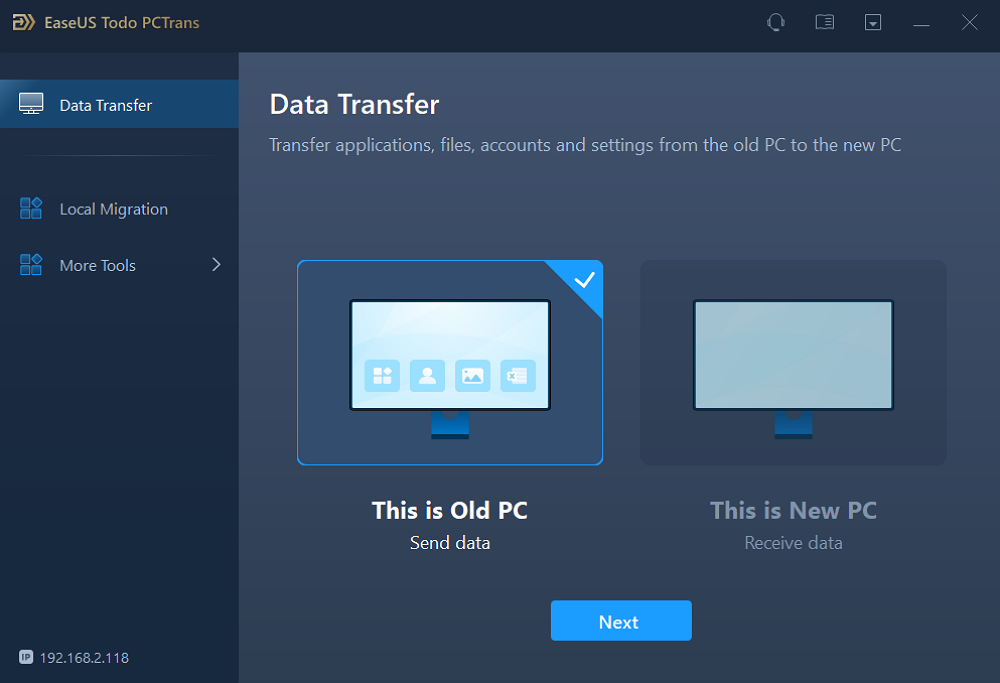
Step 2. Choose the "Transfer via backup" method and click the "Next."
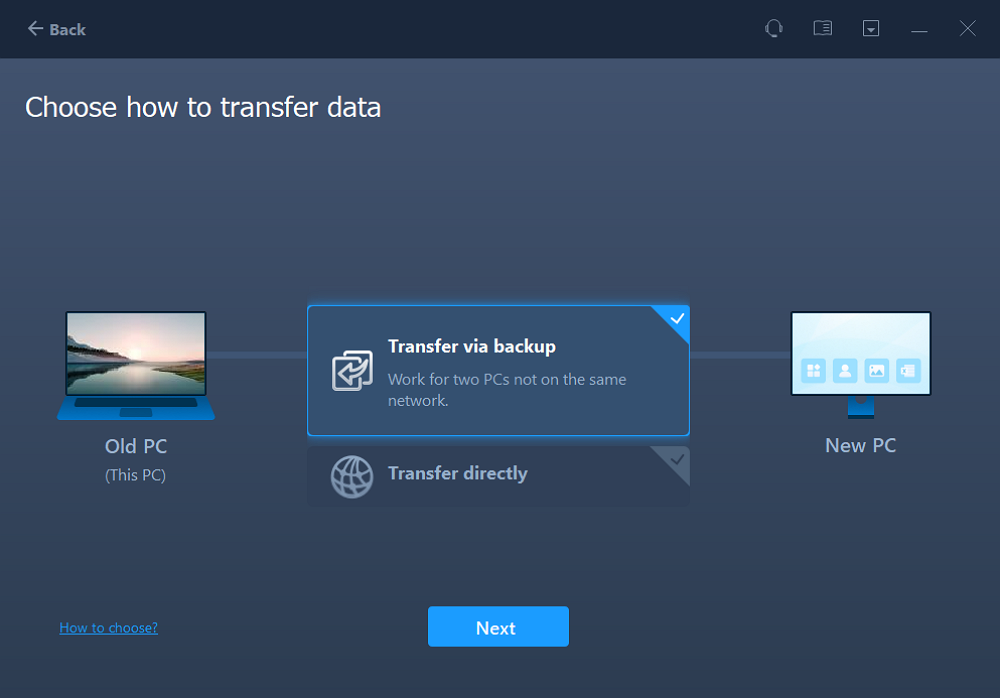
Step 3. Confirm the backup file name and backup location (Please save your files to a location where the new PC can access, like an external hard disk or shared network location.)
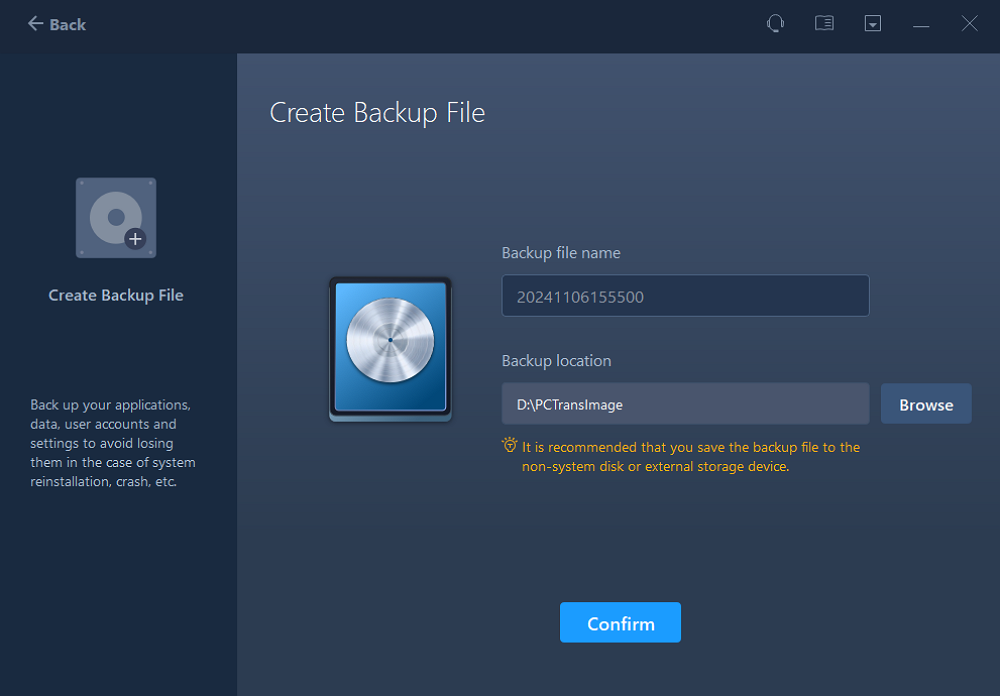
Step 4. Tick the Applications, Files, and Accounts that you wnat to backup. Click the "Backup" option to execute the process.
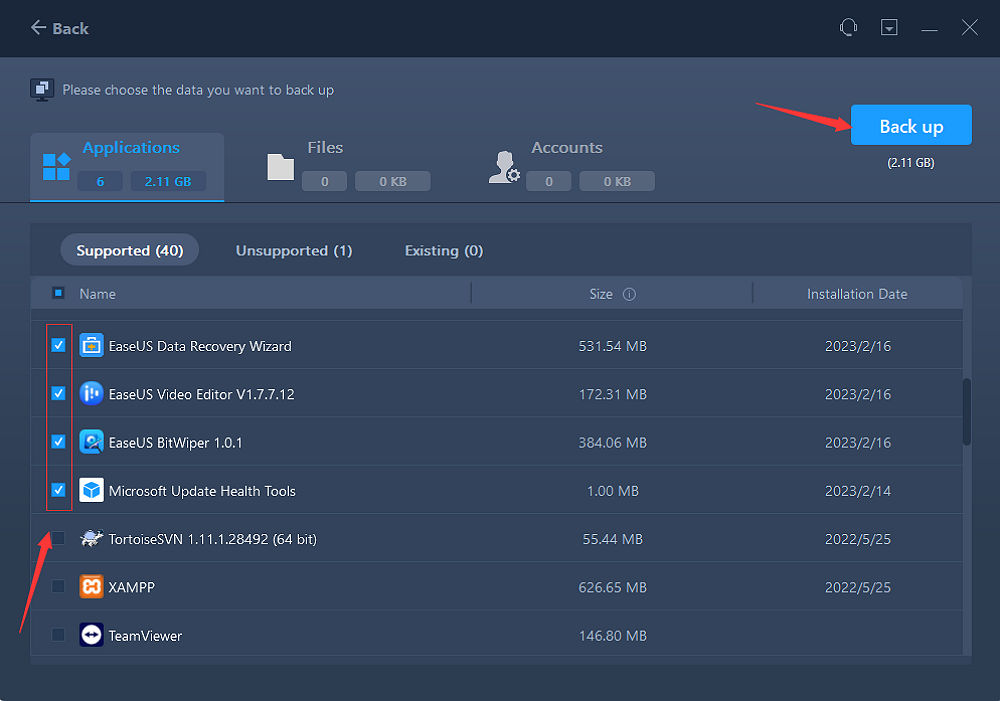
Step 5. Wait patiently till the backup procedure is done.

Guide 2. Transfer Data to Another PC
Step 1. Set Up the Old PC
- First, install and launch EaseUS Todo PCTrans and select Data Transfer on the left panel of the main interface.
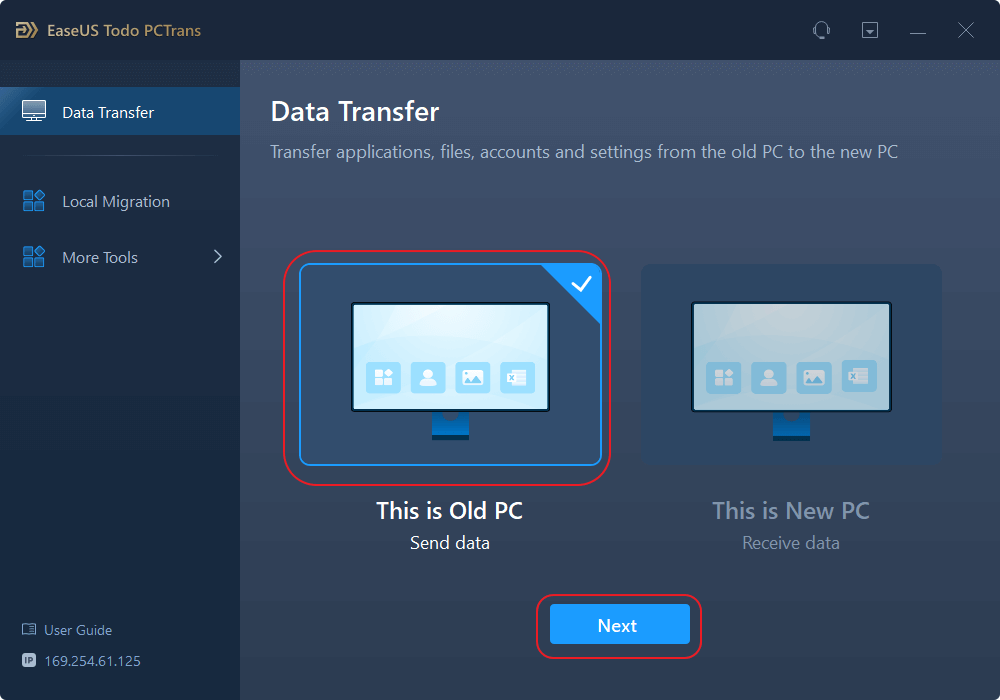
- Select "Transfer Directly" and click "Next" to continue.
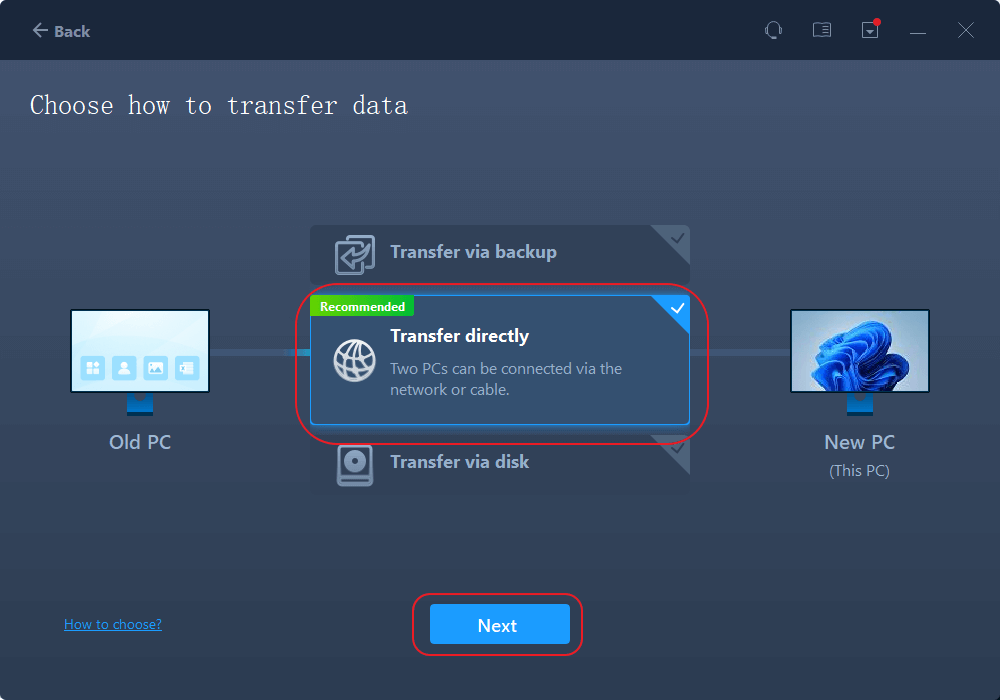
Step 2. Set Up the New PC
- Download and launch EaseUS Todo PCTrans on the new computer; select "This is New PC" and click "Next".
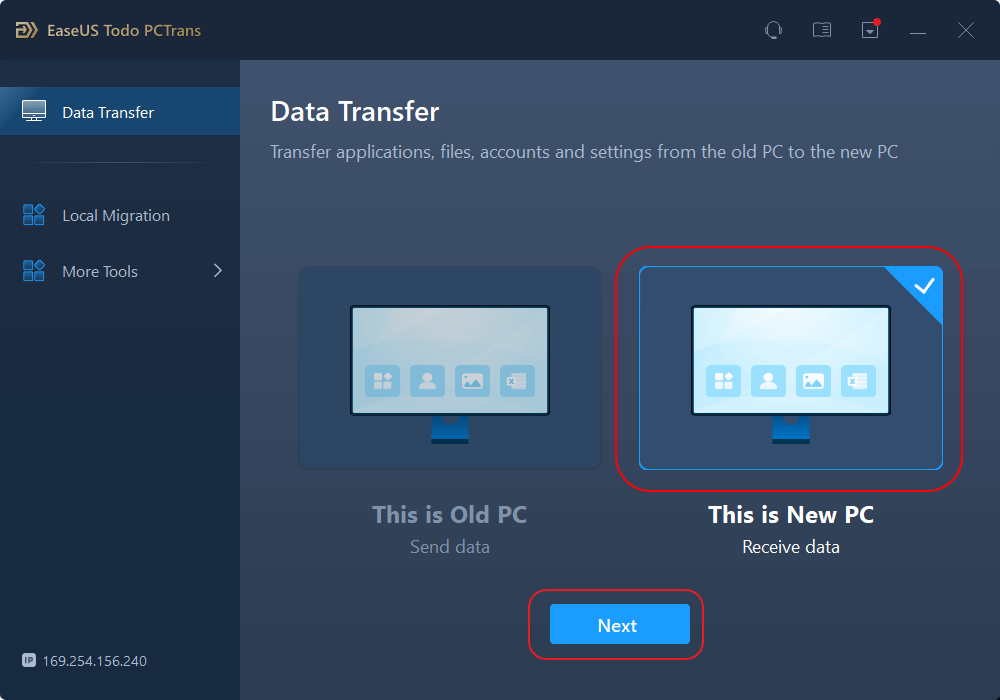
- Select "Transfer directly" and click "Next" to continue.
- Select "Network" and click Next to continue. This will automatically scan the old PC. (Make sure the two PCs are connected to the same LAN.)
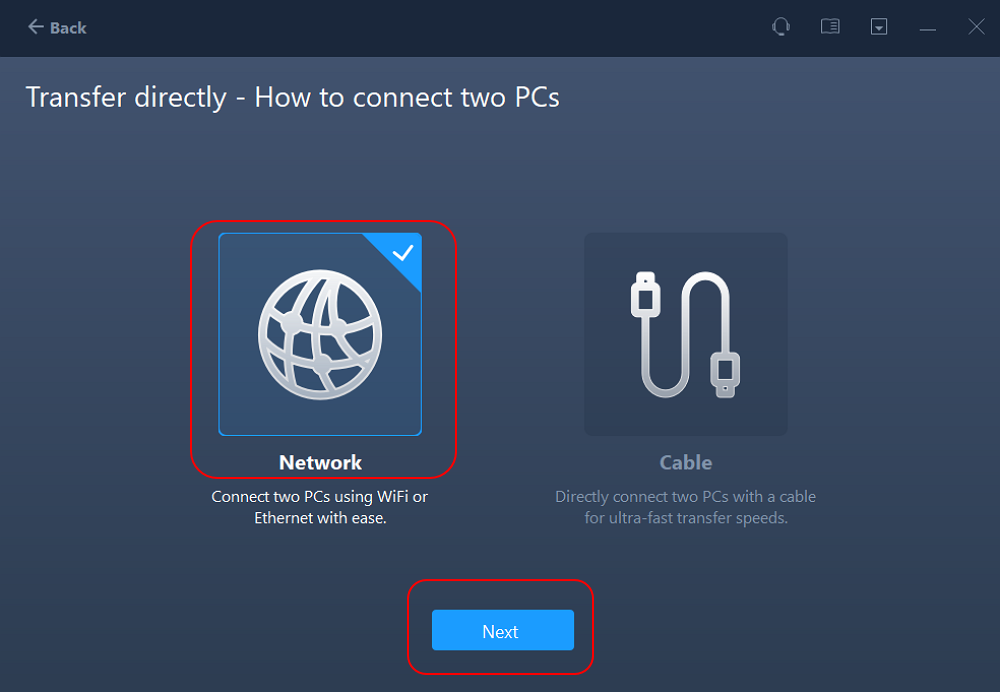
- Select the target PC and click Connect. Then, it will take some time to scan and analyze the data in old PC.
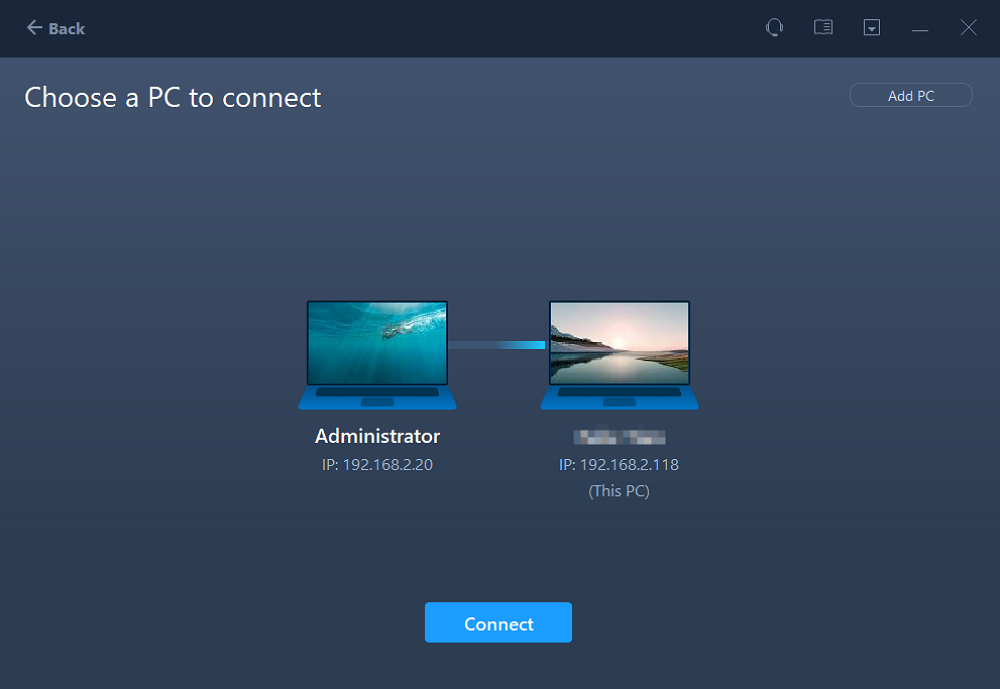
Step 3. Select the Files to Transfer
- Finally, on the new PC, select the Files tab, select the files you need to transfer. Then, click "Transfer" to start.

Microsoft officially recommends that you always back up important files before upgrading. This is the best protection against accidental data loss. Share this post and learn how to back up data to an external hard drive or another PC before upgrading to Windows 11.
#2. Check If Your PC Meets the Hardware Requirements of Windows 11
Make sure your computer meets the Windows 11 system requirements to avoid compatibility or update issues.
During the installation process, select the option to keep personal files and applications to prevent data loss.
If you install Windows 11 on unsupported hardware, Microsoft warns that you may lose access to critical security updates and your device may no longer be supported!
Before upgrading from Windows 10 to Windows 11, be sure to verify that your current computer meets the hardware requirements set by Microsoft. Confirming hardware compatibility before upgrading will help you avoid data loss due to failed installations, system instability, and more.
Windows 11 has specific minimum system requirements. Double-check the following lists to ensure smooth performance, compatibility, and data security.
- Processor: 1 GHz or faster, compatible with 64-bit processors
- Memory: At least 4 GB
- Storage: At least 64 GB of available disk space
- System Firmware: UEFI with secure boot capability
- TPM: Trusted Platform Module (TPM) version 2.0
- Graphics: DirectX 12 or higher, compatible with WDDM 2.0 driver installed
- Display: HD (720p) display, 9 inches or larger, 8 bits per color channel
- Internet connection: Required for Windows 11 Home Edition installation and updates
You can easily check your PC's compatibility using Microsoft's official PC Health Check tool, which scans your hardware and confirms that your device meets these requirements. If your PC does not meet certain criteria, such as TPM 2.0 or Secure Boot, the tool will list problems.
Here's how:
- Download and install the PC Health Check application from the Microsoft website.
- Launch the application and click Check Now to scan your system.
- Review the detailed report to see which components do or do not meet Windows 11 requirements.
Don't forget to share this tutorial to help more people confirm that their computer can be successfully upgraded to Windows 11 before upgrading.
If your computer meets the Windows 11 hardware requirements, you can upgrade directly through Windows Settings without losing any data. Just go to Start > Settings > Update and Security > Windows Update. Then click Check for Updates. When the Windows 11 upgrade is available for your device, you will see a message prompting you to download and install it.1 During the installation process, select the option to keep your personal files and apps to ensure that your data remains intact.
If you have any problems after upgrading, Microsoft offers a 10-day rollback period to revert to Windows 10 without losing your files, as long as you haven't deleted your Windows.old folder.
Conclusion
Upgrading from Windows 10 to Windows 11 often preserves your files and applications, but not without risk. To ensure a smooth transition, be sure to copy your important data to a safe place beforehand using specialized data transfer software, confirm that your computer meets the hardware requirements for Windows 11, and choose to keep your personal files and applications during the installation process.
FAQs About Data Loss During Upgrading to Windows 11
Can you continue using Windows 10 after its support ends? Should I upgrade to Windows 11? Check the following content to learn more information about this topic.
1. What happens when Windows 10 is no longer supported?
The following list shows what happens when Windows support ends:
- No more security updates, so your PC is more at risk of viruses and hacks.
- Apps and programs might stop working properly.
- Microsoft won’t provide help or fixes.
- Your computer may become less safe and less reliable over time.
2. Will I lose my data if I upgrade from Windows 10 to 11?
Upgrading from Windows 10 to Windows 11 will not result in data loss as long as you select the option to keep your personal files and applications during the upgrade process. Your games, documents, photos, and installed programs should remain intact after the update.
However, there is always a small risk of problems during the upgrade process, such as system errors or compatibility. It is recommended that you transfer your important data to an external device for backup before upgrading.
3. Can I keep using Windows 10 after support ends?
Of course you can. Windows 10 will continue to run even if Windows 10 support stops, but without updates and support, it will become less secure and reliable over time.
About the Author
Sherly joined EaseUS in 2022 and she has always loved writing articles and enjoys the fun they bring. She receives professional training here, focusing on product performance and other relative knowledge. She has written over 200 articles to help people overcome computing issues.
Reviews and Awards
-
EaseUS Todo PCTrans Free is a useful and and reliable software solution created to serve in computer migration operations, be it from one machine to another or from an earlier version of your OS to a newer one.
Read More -
EaseUS Todo PCTrans is by the folks at EaseUS who make incredible tools that let you manage your backups and recover your dead hard disks. While it is not an official tool, EaseUS has a reputation for being very good with their software and code.
Read More
-
It offers the ability to move your entire user account from your old computer, meaning everything is quickly migrated. You still get to keep your Windows installation (and the relevant drivers for your new PC), but you also get all your apps, settings, preferences, images, documents and other important data.
Read More
Related Articles
-
The Update Is Not Applicable to Your Computer - How to Fix?
![author icon]() Jerry/2025/03/18
Jerry/2025/03/18 -
How to Download & Install All Windows 7 Updates At Once
![author icon]() Jerry/2025/03/18
Jerry/2025/03/18 -
How to Upgrade Windows 10 to 11 on Unsupported Hardware
![author icon]() Jerry/2025/04/30
Jerry/2025/04/30 -
What to Do If Windows Updates Are Stuck on Pending Install/Download
![author icon]() Jerry/2025/01/24
Jerry/2025/01/24
